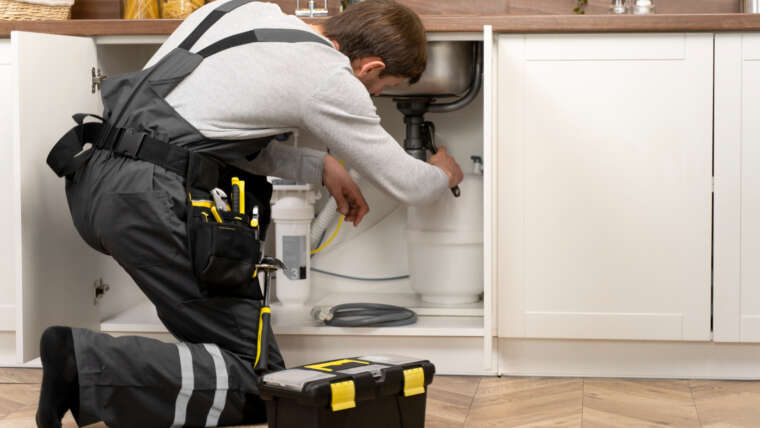
As a teacher, your jobs go way beyond imparting knowledge and facts to your students. You have the tremendous role of equipping students with the ability to think critically. You should teach students how to have skills that will help them solve problems, find answers, and learn to be proactive.
Do you want to teach students to think critically, but you are feeling stumped on teaching students effectively? This guide will help.
Read on for tips to teach students how to think critically.
Table of Contents
1. Promoting an Analytical Mindset
Promoting an analytical mindset in the classroom encourages students to think more critically. This mindset strengthens their learning development. It also gives them the confidence to tackle challenges in the future.
It involves giving students the opportunity to observe, examine, interpret, and draw conclusions from data. Through analytical skills, they become better at making more informed decisions.
2. Building a Foundational Knowledge
Building a foundational knowledge base is essential to teaching students to think critically. Through the teaching of foundational topics in mathematics, science, language arts, and social studies, the ability to think critically can be enhanced.
Students are encouraged to use higher-level thinking skills such as:
- solving complex equations
- writing essays
- exploring historical events
They will start to see connections between what they are learning and how it can be applied.
3. Encouraging Reflection and Self-Assessment
Encouraging reflection and self-assessment in students can help them transition from passive learners to active ones. Students are encouraged to think critically by taking ownership of their learning. This involves the idea that mistakes are part of the learning process.
Reflection and self-assessment help students to understand their work, build confidence, and develop their problem solving skills. All of which can aid them in producing higher-quality work.
4. Elevating the Discussion Through Questions
Questions are effective tools to bring students levels of understanding in any subject. Asking questions encourages students to reach past the surface of a topic. It also urges them to investigate further.
By continually asking open-ended questions, students must then think critically and logically. They will unconsciously do it so as to come up with answers. When done right, this encourages students to dive deeper into the material.
Working together to come to a solution, students are teaching each other and forming peer mentorship. It teaches students to think critically, which will ultimately help them understand the material better.
5. Improving Test Taking Skills
Improving test taking skills is an important part of a student’s education. It teaches them to think critically and use their resources. Being able to think critically about a situation is essential in order to come up with a viable answer.
It helps ensure that students are able to remember important concepts and ideas. It also helps increase a student’s self-confidence. When students can think critically and use their knowledge, they can come up with creative solutions to complex questions, ensuring that they can do well on tests and better understand the material.
Improving test-taking skills helps to provide students with the skills they need to be successful in the future.
Improve Your Strategy in Teaching Students
Critical thinking is essential for successful learning. By implementing these strategies, teachers give students the opportunity to think critically and develop skills necessary for success. Try one today and see the difference it makes in teaching students.
Did you enjoy this article? Be sure to check out the rest of our website for more!


